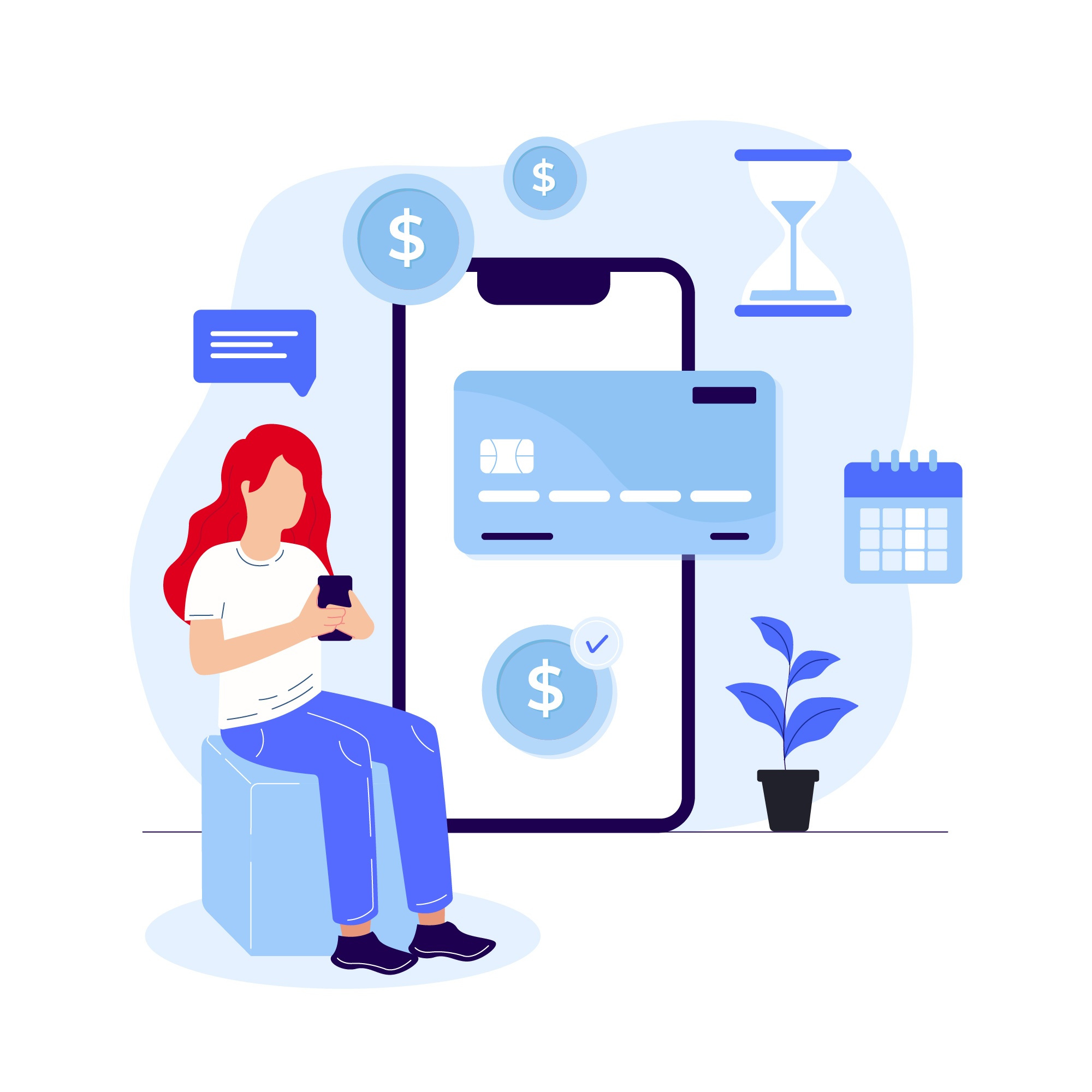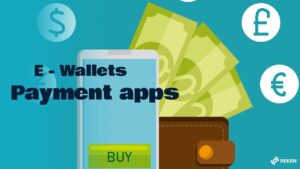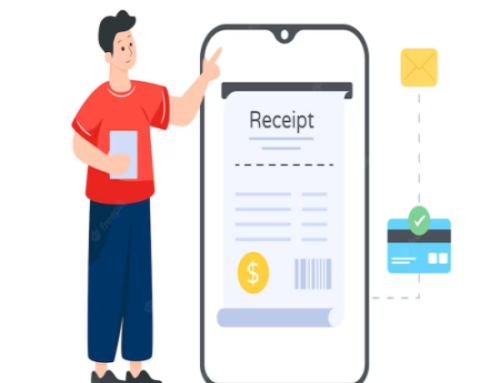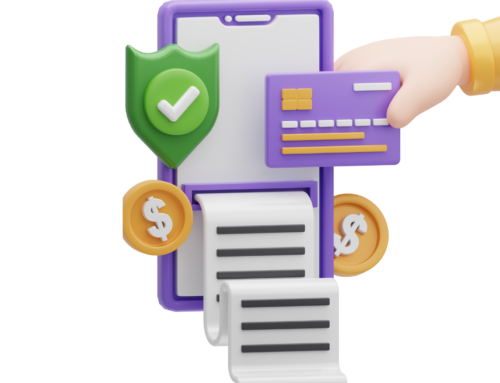Payment apps, also known as e-wallets, are payment services that use a mobile device and are governed by financial regulations. The idea of paying with cash, a check, a debit card, or a credit card is becoming dated.
The idea of e-wallets is slowly catching on and being used in different ways all over the world. The first patent for a “mobile payment system” was filed all the way back in 2000. In some developing countries, people who are underbanked or don’t have bank accounts are getting financial services through mobile payments. According to a report from Financial Access in 2009 called “Half the World is Unbanked,” these people make up close to half of the world’s adult population. Most of the time, they are used for small payments.
How Do Payment Apps Perform?
Before making a payment, money can be put into the payment app or, in other cases, a person’s bank account can be linked to their payment gateway so they can make a payment. There will be both software and information in the payment apps. E – wallets that are safe and fair are important. The software helps keep personal information safe and encrypted, and it also helps with the actual transaction.
E- wallet payment Types
E – payment models come in five different varieties, and they are:
- Payments with cards
- Mobile Wallets
- Payments with no contact NFC
- Transmission Billing
NFC Payment App
In recent years, Near Field Communication (NFC) payment apps have been getting a lot more attention and are becoming very popular. This new way to pay for things has become very popular all over the country. With new innovations in NFC payment encryption, you can use your phone to pay in a safe and easy way. NFC is a type of short-range wireless networking that lets two devices up to about 10 cm apart share data. Big payment card networks like Visa, MasterCard, and American Express back this up. To pay at any store’s cash register, all you would have to do is put your phone next to the scanner. It is an addition to the standard RFID system, which combines a smart card and a reader into a single unit. But it’s important that the phone has NFC technology built in and that it’s turned on for payments, just like Bluetooth is turned on in a phone to share data.
What is a mobile wallet or e-wallet?
A mobile wallet, e wallet app, or e wallet is indeed an app that stores information about your debit and credit cards and lets you pay for products and services with your phone. In India, some of the most popular online digital payments or payment apps or e wallet list are:
- Paytm
- Google Pay
- Amazon Pay
- JIO Money
- Freecharge
- Yono SBI
- Airtel Money
- Payzapp
- MobiKwik
- Oxigen
What E-Wallets Can Do
1. Quick Payments
With an e-wallet account, the money transfer between both the payer wallet as well as the payee wallet could take hours or business days, but it will only take a few seconds. The feature has a lot of benefits because payments can be made at any time and from anywhere. This makes fund transfers happen right away and gives people and businesses more control over their money.
2.Card Operations Management
The e-wallet app can store the user’s credit or debit card data and make money transactions anywhere in the world thanks to new technology. E-wallets simplify finances by storing all cards in one place. Using an e – wallets or payment app instead of carrying credit cards is safer. High-security software helps the app encrypt card information without storing the card number.
3.Paying bills
Payments App is one of the most important features of an e – wallets, since most young people like to pay bills online, whether it’s for shopping, groceries, restaurants, booking movie tickets or plane tickets, rent, tuition, utilities, loans, and so on. As the digital cash moment picks up speed, mobile wallets are becoming an important service for the average person.
4.Transfers Between Various Bank Accounts
A payment app will make it possible to send money instantly to any bank, including a person’s own account within the same bank or someone else’s account in a different bank. The owner of the payment app will have a number of ways to send and receive personal or business money with just a few clicks, no matter where they are or what time it is. One must first put the apps for online payments on their phone. Most payment apps that can be downloaded can be used on both Android and IOS phones.
Read more: How does PayPal work? What is it?








